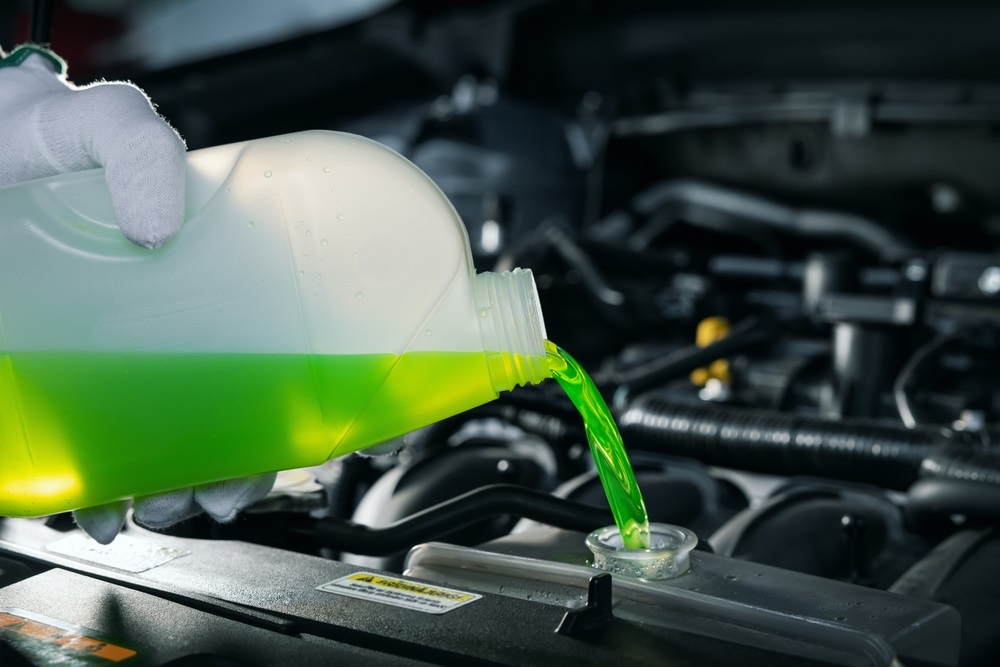
Antifreeze, also known as coolant, is a vital fluid used in internal combustion engines to regulate temperature, prevent freezing, and protect the engine from corrosion. Different formulations of antifreeze are available, each with distinct properties. The most common types are Green 100/100, Green 50/50, Red 100/100, and Red 50/50 antifreezes. These numbers refer to the concentration of antifreeze in the mixture and can impact performance, protection, and compatibility with engine systems.
Green 100/100: This is a concentrated form of antifreeze that typically contains ethylene glycol or propylene glycol as its primary active ingredient. The “100/100” indicates that the solution is 100% antifreeze, with no water mixed in. This type of antifreeze is used in vehicles and machinery where the user is required to dilute it with water to the desired concentration.
Green 50/50: This is a pre-diluted version of antifreeze, consisting of a 50% concentration of antifreeze and 50% distilled water. It is often recommended for general use in automotive cooling systems because the balanced mixture ensures adequate freezing and boiling point protection while preventing corrosion. It is compatible with most older vehicles and many newer models, especially those requiring conventional antifreeze formulas.
Red 100/100: Red antifreeze typically contains organic acid technology (OAT), designed to offer long-term protection for aluminum and other engine components. The “100/100” concentration indicates that it is 100% antifreeze, and like the green concentrated version, it needs to be mixed with water for use. Red antifreeze is often recommended for newer vehicles, particularly those manufactured by European or American brands.
Red 50/50: The red 50/50 version is a pre-diluted antifreeze, combining 50% antifreeze and 50% water. This formulation offers enhanced protection against corrosion and scaling in modern engines, particularly those with aluminum components. Red 50/50 is commonly used in newer vehicles, where the cooling system design requires the use of OAT-based antifreeze.
Key Differences and Choosing the Right Antifreeze
Concentration: The primary difference between the various types is the concentration of antifreeze. 100/100 antifreeze is concentrated and needs to be diluted, while 50/50 antifreeze comes pre-mixed and ready for use.
Color: The color of antifreeze, whether green or red, can indicate the type of technology used in the formula. Green antifreeze typically uses inorganic acid technology (IAT), while red antifreeze often employs organic acid technology (OAT) or hybrid organic acid technology (HOAT), which offer longer-lasting protection.
usage: While both green and red antifreezes are used for protecting engines and preventing freezing, it is important to use the correct type based on the manufacturer’s recommendations. Using the wrong type can cause corrosion, overheating, or damage to engine components.
Conclusion
Selecting the right antifreeze is crucial for maintaining your vehicle’s engine performance and longevity. Whether you choose Green 100/100, Green 50/50, Red 100/100, or Red 50/50, ensure that you follow the manufacturer’s specifications and guidelines. Each formulation is designed to protect against different types of wear and tear, so choosing the right one for your vehicle’s age, manufacturer, and type of engine will help keep it running smoothly.